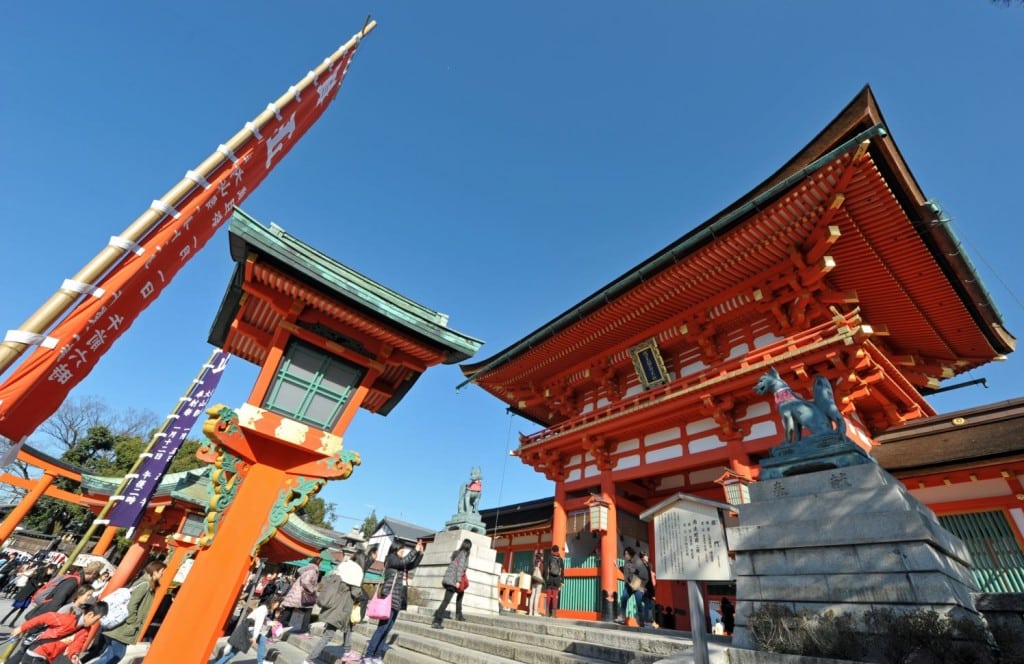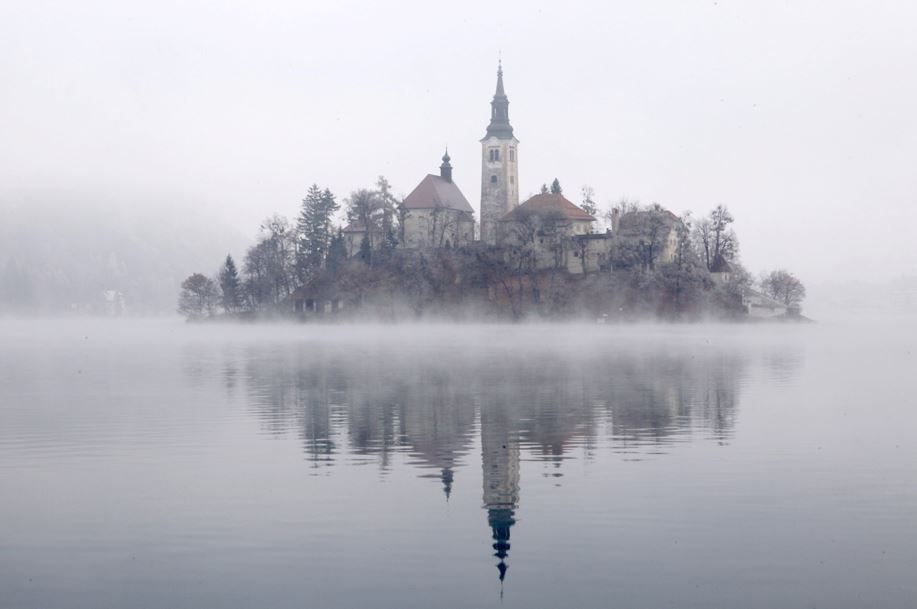[dropcap type=”full” ]T[/dropcap]ucked between the Hallstatter See (Lake Hallstatt) and the Dachstein Mountains is Austria’s oldest and possibly most photographed village. Owing its existence to rich salt deposits in its mountains, the history of Hallstatt is richly entwined with the history of salt, a valuable commodity in ancient times, as traces of salt mining in the area going as far back as 2000B.C. With the climax of mining, the age between 800-400B.C. became known as the Hallstatt Period due to the numerous findings in Hallstatt. Today, salt is still mined from the area, through the oldest pipeline in the world.
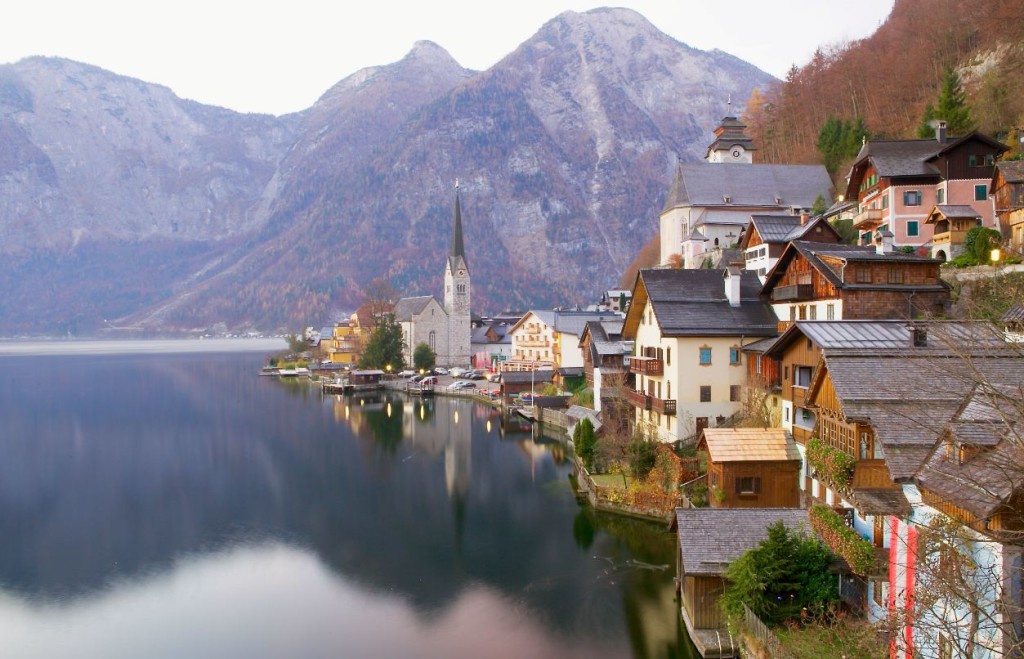
Just a Pinch of Salt
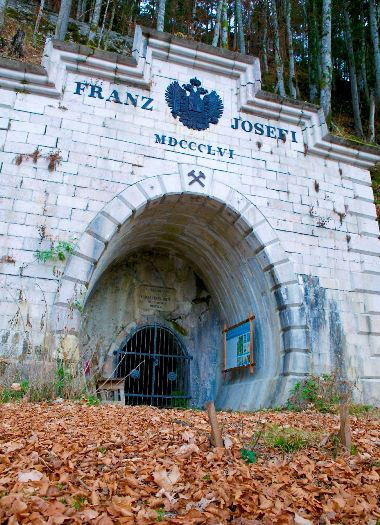
Salt, being a necessity to the survival to life and its ability to preserve food made it a foundation to civilization. As salt was difficult to obtain, as all rare things are, it became a valuable commodity, so far as to the point of being a currency in certain cultures. In fact the word “salary” stems from the Latin word “Salarium” (literally “salt money”), the currency the Romans used when paying government officials.
Across the world, in China, similar stories of salt used as a currency was reported by Marco Polo in his travels.
Today apart from salt, tourism has added its imprint on the village of Halstatt. Touted as the most beautiful village in the world, the picturesque lakeside town has been a draw from visitors all over the world, with China going so far as to replicate the village on its home shores.
From Salzburg to Hallstatt
The journey from Salzburg to Hallstatt, required three legs, over road, rail and water. It served as an appetizer, giving us a peek at all the things we were expecting at the village. The bus meandered through the rolling evergreens of the Austrian hillside, over rivers and past brown-white timber houses, to the spa town of Bad Ischl.
The town, located on the tip of Lake Hallstatt, was the summer residence of Emperor Franz Joseph, and it was in his villa Kaiservilla (Imperial Villa) that he signed the declaration of war against Serbia, effectively starting World War I.
From Bad Ischl, the local train took us around the lake and deposited us on the opposite shore of Hallstatt, at a lonely pier, where we waited with nothing but a boat timetable and a teasing silhouette of the famed village just over the horizon. The timetable proved its authenticity as on the hour a boat made approached, purring across the lake.
Arriving at Hallstatt
We were a few weeks away from winter so we didn’t expect the crowds to be there. So it was, stepping onto Stepanie (the Hallstatt boat dock), with nary a soul in sight, we stood transfixed. Struck dumb by picture perfect, postcard scenery, simultaneously, and from all around.
Where to start? The churches spire, commanding the skyline, proud above the flanking lakeside houses; or the auburn autumn leaves, blanketing the steep peaks immediately behind the town. The cobblestoned streets, becoming the Seestraße (Lake Street), hugging the shore; or the waterfall, draining from river Mühlbach, tumbling behind the Marktplatz (Market Place).
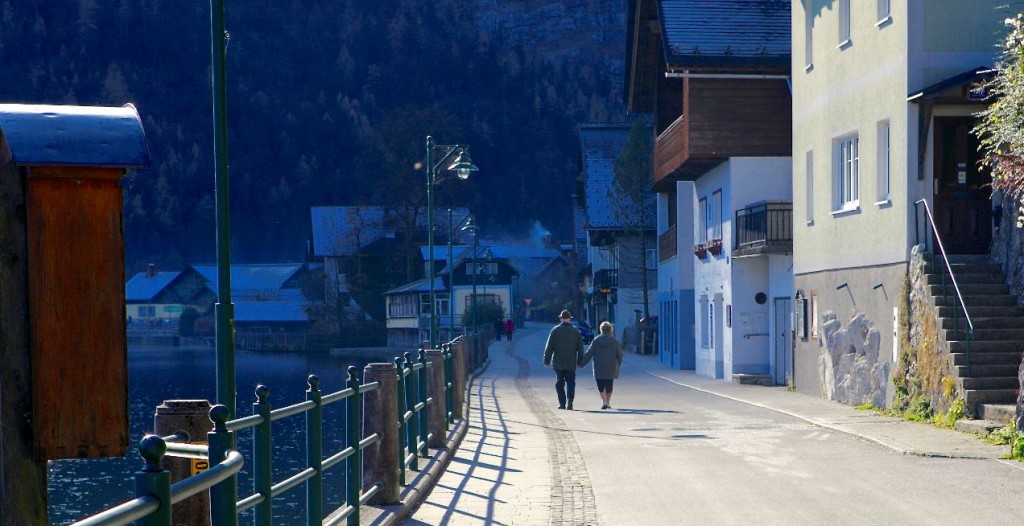
We spent the next few days hiking the trails, one of them passed the salt mines to Rudolf’s Tower, and a lookout bridge, 1180feet above Hallstatt (A funicular shortens the climb; €12 adult), and just plain strolling through the streets. The Catholic Church has a small cemetery of about a 100 graves, marked by unique timber markers standing watch over colorful flowered graves. Alongside it is the Bone House in Michael’s Chapel where due to the lack of space, skulls from exhumed graves were cleaned and arranged in neat rows of interconnected kin.
On the opposite side of the lake, where the train station met the ferry pier, is the town of Obertraun and the Dachstein Ice Caves. Formations of ice up to 8m high, twice as high now as when it was discovered in 1910, are illuminated by colored light, creating a surreal subterranean landscape to explore.
There is a Zen like calm pervading the ancient village of Hallstatt; perhaps it was nature’s quaintness at its doorstep or the matter-of-fact hospitality of the people there, but I understood a little more of what it meant when Emperor Franz Joseph described the area as “Heaven on Earth”.
~ Click on image to enlarge ~
[photogrid ids=”636,635,634,633,632,631″ captions=”yes” columns=”five” fullwidth=”yes” ]
- Nice, The French Riviera, France - November 11, 2015
- The Tsukiji Fish Market Tuna Auction Experience - October 25, 2015
- The Sandstone Peaks of Meteora (Greece) - September 28, 2015

